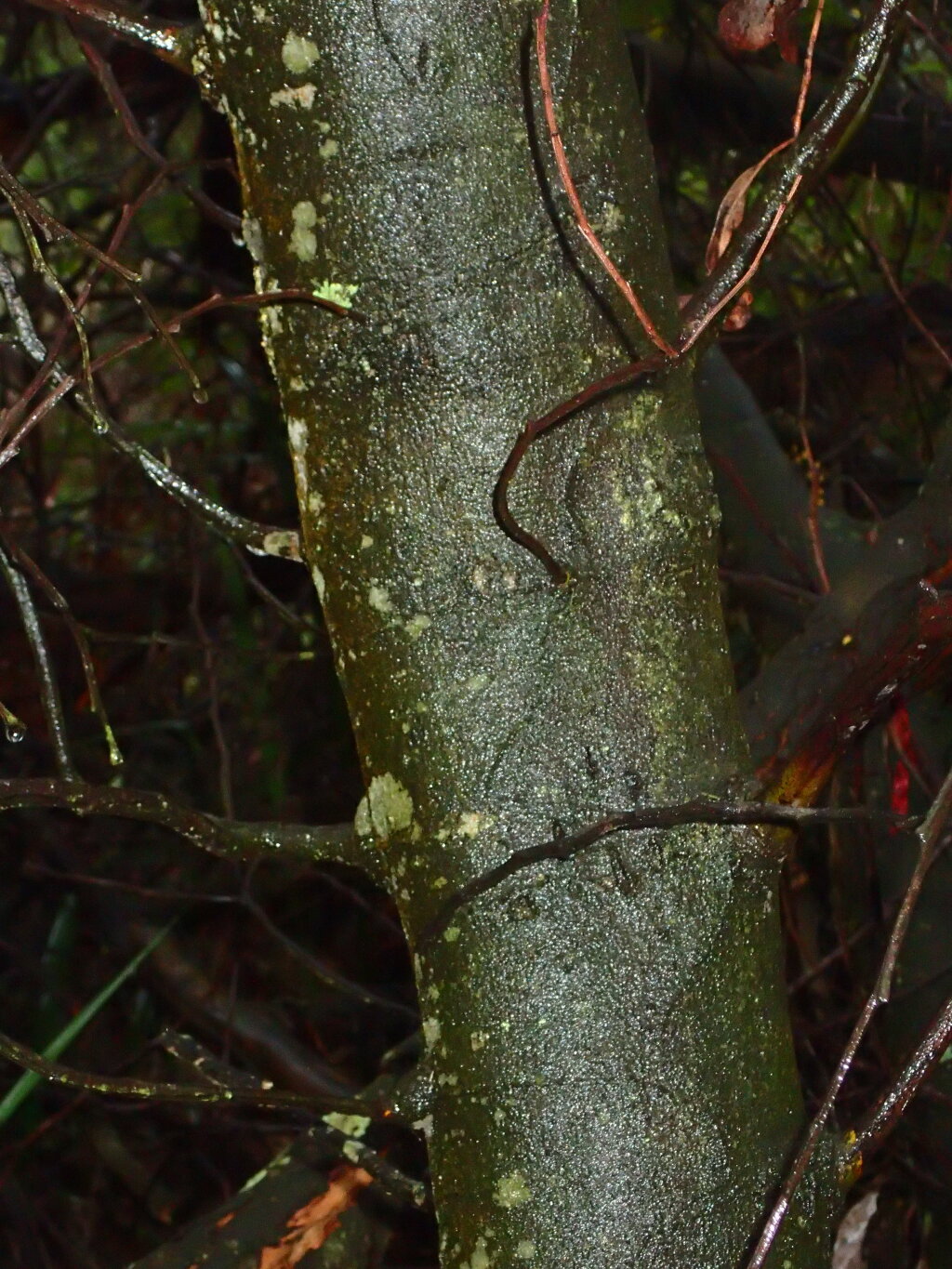Acacia decurrens
Willd. Early Black-wattleTree 10–15 m tall; bark deeply fissured, dark grey to black; branchlets prominently angled, with wing-like ridges, glabrous except for new tips. Leaves bipinnate, dark green, decurrent; rachis 4–12 cm long, angular, glabrous (minutely hairy when young), with a raised gland just below the junction of each pinna pair; pinnae in 5–15 pairs; pinnules in 15–40 pairs, well-separated, linear, 5–15 mm long, 0.5–0.8 mm wide, within a single pinna more or less equal in length, glabrous (minutely hairy when young), apex more or less rounded. Inflorescence a raceme or panicle; heads globular, 20–30-flowered, bright yellow, peduncles 4–7 mm long. Pod flattish, straight or slightly curved, 5–10 cm long, 4–11 mm wide, slightly constricted, dark brown, margins thickened. Flowers Jul.–Sep.
LoM, Wim, GleP, VVP, VRiv, GipP, OtP, WaP, Gold, CVU, GGr, DunT, NIS, EGL, HSF, HNF, OtR, VAlp. Native to NSW; also naturalised Qld, SA, Tas. Widely established in dry to moist open-forest and woodland.
Acacia decurrens is characterized by its glabrous, well-spaced pinnae and branches with wing-like ridges.
Hybrids between Acacia decurrens and A. baileyana are known from a few localities in western Victoria.
Entwisle, T.J.; Maslin, B.R.; Cowan, R.S.; Court, A.B. (1996). Mimosaceae. In: Walsh, N.G.; Entwisle, T.J., Flora of Victoria Vol. 3, Dicotyledons Winteraceae to Myrtaceae, pp. 585–658. Inkata Press, Melbourne.
 Spinning
Spinning




